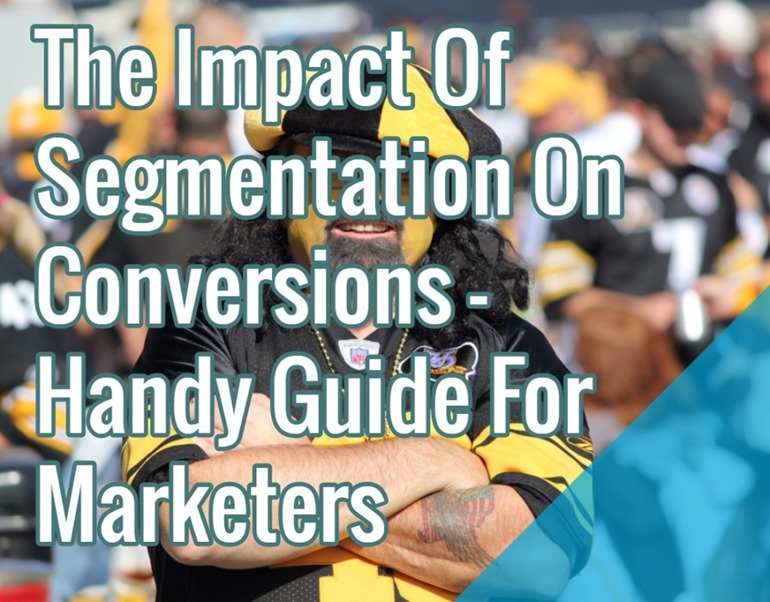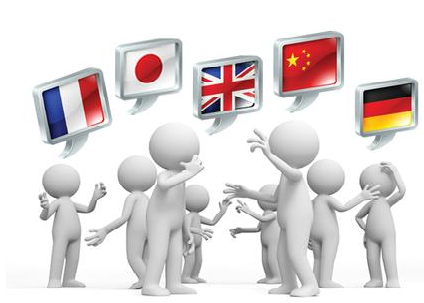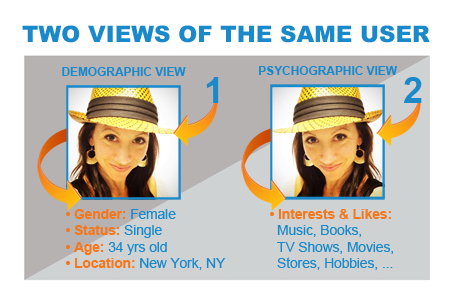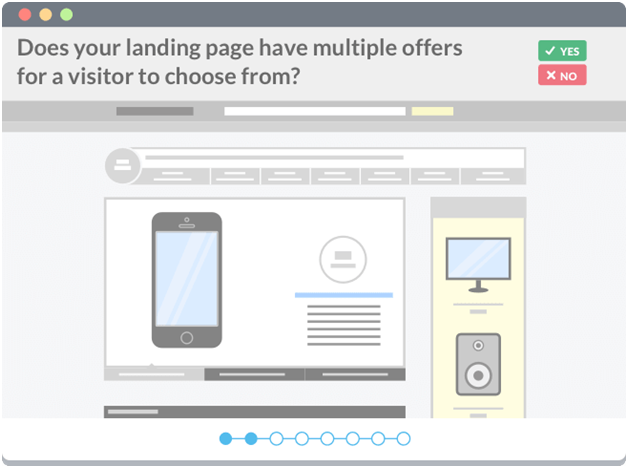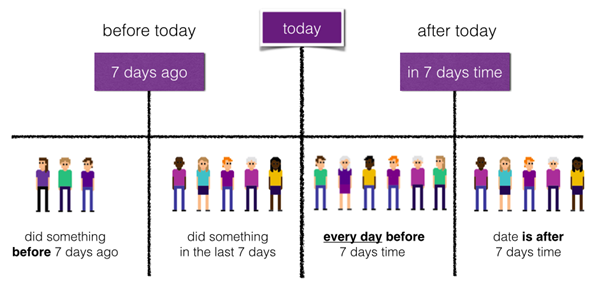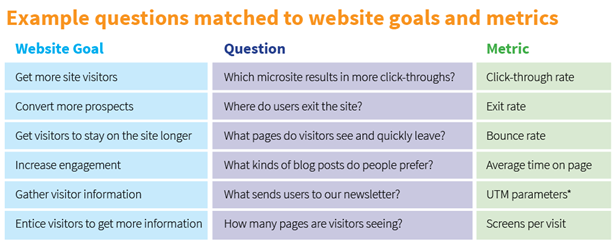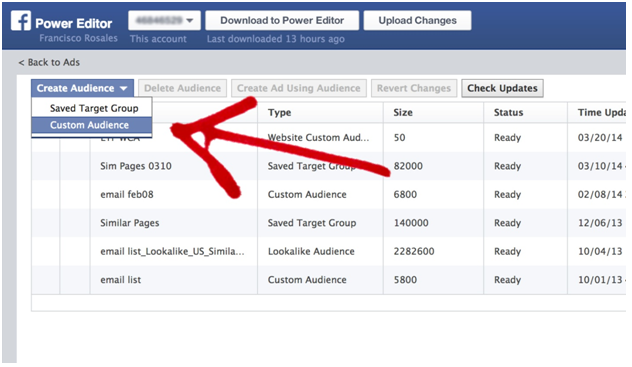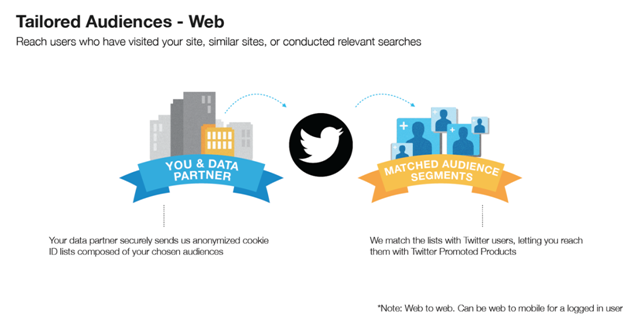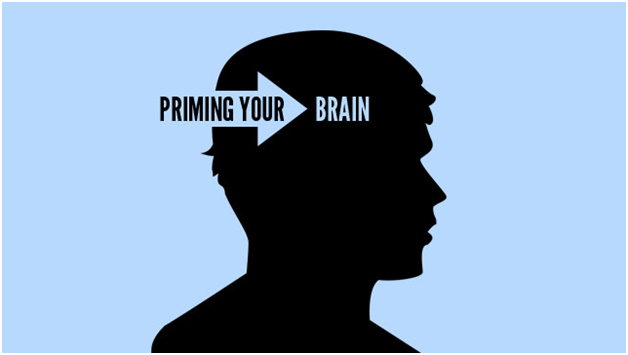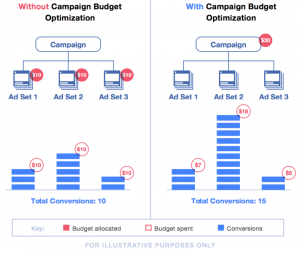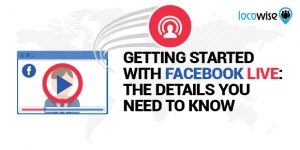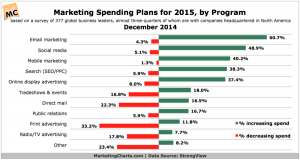Personalization and segmentation are the current marketing trends that are enabling marketers to reach only the interested consumer in order to increase the chances of conversions.
Unbounce rightly says, Try to appeal to everyone and you’ll appeal to no one. Segmentation helps you create targeted offers that convert.
Search Engines are Evolving
The search engines have started evolving and now we have entered the era where we are having segmented search engines as per the needs of the audiences. Some of the examples are:
- Adswish.com is a specialized classified ads search engine that allows you to search for classified ads listed on several classifieds websites.
- Giphy.com is a gif search engine where you can search all sorts of gif images.
- How Can I Stream it is a movie search engine where you can search across the most popular streaming, rental and purchase services to find where a movie is available.
- iSeek is an education search engine for students and teachers. It allows you to search thousands of trusted resources from universities.
What Is Segmentation?
Segmentation simply means, dividing a broad market into smaller subsets as per the interests and demographics of the audiences that makes it easier for the marketers to reach a specific group as per their interests. This is one of the most influential and highly converting form of pull marketing.
Traditional Modes Of Segmentation
Under the traditional mode, there are 7 types of segmentation as explained below:
- Geographic Segmentation: It divides the audiences based on where they are located like on the basis of countries, cities, communities etc.
- Demographic Segmentation: It divides a consumer base on the basis of age, gender, family size, income, occupation, religion, race and nationality.
- Behavioral Segmentation: It divides the consumer on the basis of their behavior like based on the frequency with which they acquire the companys products.
- Psychographic Segmentation: It divides the population considering psychological aspects like consumers lifestyle, social standing as well as the AIO (activities, interests and opinions).
- Occasional Segmentation: It divides the population into groups on the basis of the different occasions when the buyers plan to buy the product or actually buy the product or use the product. For example, the audiences are keener to go for shopping during Christmas. Marketers can target this audience behavior and launch their new product on sale during Christmas when the sale is bound to be more.
- Cultural Segmentation: It divides the cultural groups on the basis of their behavior, attitudes and buying habits.
New Modes Of Segmentation For Online Marketers
Online marketers must be prepared to segment the audiences they are targeting based on the new modes provided below:
- Landing Page Segmentation: Audiences are divided on the basis of their landing pages and then their behavior are analyzed. For example, users landing on Page A convert more as opposed to the users landing on Page B.
- Email Lists Segmentation: Niche-specific emails are sent to particular groups of email subscribers divided on the basis of their interests/age group/behavior etc.
- Channel Based Segmentation: Audiences are divided on the basis of the channels they are visiting like Organic Search, Social Media, Paid Search, Emails etc.
- Search Query Based Segmentation: Although, Google has stopped displaying the search query data but still with the help of GWT (Google Webmasters Tools) you can identify the past 3 months of search query data for some queries. Segmentation can be done on the basis of which search query is bringing how much traffic and what is the behavior of the audiences coming from specific search queries.
- Product Based Segmentation: For e-commerce store owners, it is important to find out which products are generating the maximum revenue and which ones are not converting. Hence, segmentation can be done on the basis of products as to which products are selling are hot cakes and which ones are absolutely not selling. Also, it can be further divided as to which products are bought frequently, which products are brought in combos and so on.
- Session Based Segmentation: Behavior within a single session; for example, the goals that users completed during a session, or the amount of revenue they generated during a session.
- User Type Based Segmentation: Behavior across all sessions for example all the goals users completed or all the revenue they generated (across all sessions) during the date range.
Device And Mobile Targeting To Reach Segmented Audiences
As per the latest report, Americans are spending 394% more time on their smartphones and 1,721% more time on their tablets. Henceforth, one of the first essentials for a marketer is to reach the channels where the audience is present. For this, device targeting is extremely necessary. Follow the below steps for successful device targeting:
1- Have a responsive website: Google prefers a mobile optimized responsive website. Audiences are mostly present on mobile devices and gone are the days when marketers solely relied on the desktop presence. You can make use of sites like Froont for getting a responsive website for yourself.
2- Create segmented goals: Intelligently group your audience into segments based on their stage in the sales funnel, their location, their browsing habits, their demographics and more.
3- Choose campaign device targeting in Adwords and Bing: When reaching the potential customers via paid ads, it is recommended to use campaign device targeting options for both Adwords and Bing. Device targeting allows you to reach your best customers on any device giving you greater precision and control over who sees your ads.
Segmentation Through Social Media
Social sites offer a great medium to reach targeted audiences. Heres how you can segment audiences via social media:
Facebook allows you to filter by gender, relationship status, age, location, interests and more. Simply create your post and select the target audience of your choice. Custom audiences allow advertisers to target their ads to a specific set of people with whom they have already established a relationship on/off Facebook. Audiences can be defined by email address, Facebook UIDs, phone numbers, names, and date of birth, gender, locations, app user IDs, Apple’s Advertising Identifier (IDFA), Android’s advertising ID or by a combination of rules used to identify users who took specific actions on your website. Here is a useful guide for reaching your targeted audiences via Facebook.
LinkedIn allows you to target by industry, company size, function and more. This is a great feature for B2B companies that are seeking to attract more visitors. The new account-targeting option will let businesses upload lists of companies they do business with or want to do business with, and LinkedIn will cross-reference those lists with its own list of more than eight million company pages and show ads to its users who work for those companies. LinkedIn Audience Targeting is a demonstration of how neatly our data-driven targeting can be integrated into our native advertising solutions.
With Tailored Audiences is a great way to create highly relevant remarketing campaigns. For example, with Tailored Audiences, a mobile app can remarket to users who have not engaged with their app recently. You can use Twitter Tailored Audiences in 3 ways:
1- You can directly upload a list of email addresses to target existing customers.
2- You can use Twitters website tag to collect data about the visitors who recently visited your site and target them specifically.
3- You can use conversion tracking to reach groups of people who have taken a specific action in your app, such as install or sign up.
The Consumer Psychology – How To Convince Users To Become Customers?
Consumer psychology is the study of how consumers think, feel, reason, and select between different alternatives (e.g., brands, products, and retailers); It is the study of how the consumer is influenced by his or her environment (e.g., culture, family, signs, media) and the behavior of consumers while shopping or making other marketing decisions.
Some proven strategies are given below:
- Amplification Hypothesis
Expressing with certainty a particular attitude makes others believe in it. Similarly, expressing uncertainty softens the attitude. When you are segmenting your audience, make them believe about your USP.
- Priming
You can be influenced by stimuli that affect how you perceive short-term thoughts and actions. For examples, a magician says try and cycle in separate sentences and then forces the person to think later of the word tricycle. When reaching out to audiences through social media or through organic/inorganic reach, ensure the audience and the brand message is on the same track.
- Cognitive Dissonance Theory
It states that people seek consistency among their cognitions (i.e. beliefs, opinions), and when there is an inconsistency people struggle to find out why.
Imagine the way brands create content titles and slogans? Some brand slogans have been created solely based upon this theory. For ex: The popular chocolate brand M&M used this theory in their slogan M&M: “Melts in Your Mouth, Not in Your Hands”. People struggled to find out how and record sales were recorded.
Brands must make use of catchy titles and slogans as this provides a reason for the consumers to come to them. The slogan maker from Go Spaces is an ideal tool to help you prepare highly targeted slogans for free.
Correct Segmentation Leads To Increase In Conversions
Marketing leaders must have a single view of the customer that allows them to engage in two-way, personalized conversations across technologies, locations, and physical objects at mass scale.
Mailchimp published a recent study that showed increase in conversions from segmented campaigns as opposed to non-segmented campaigns.
As per another study conducted by Seismic, around 61 percent personalize content in some way, and 56 percent stated that personalization contributes significantly to content marketing effectiveness.
73% of consumers prefer to do business with brands that use personal information to make their shopping experiences more relevant.
As such, segmentation is a key to conversions and brands must take every effort to segment and personalize their communication with the audiences. This will help to generate more brand buzz and increased conversions.
Hand-Picked Related Articles:
- 13 Conversion Rate Optimization Tools Compared
- Personalization As Emotional Trigger In Brand Marketing
- PX: Tailored User eXperience For Individuals
* Adapted lead image: ![]() Some rights reserved by daveynin
Some rights reserved by daveynin
The Impact Of Segmentation On Conversions – Handy Guide For Marketers
The post The Impact Of Segmentation On Conversions – Handy Guide For Marketers appeared first on Search Engine People Blog.
Search Engine People Blog(94)

